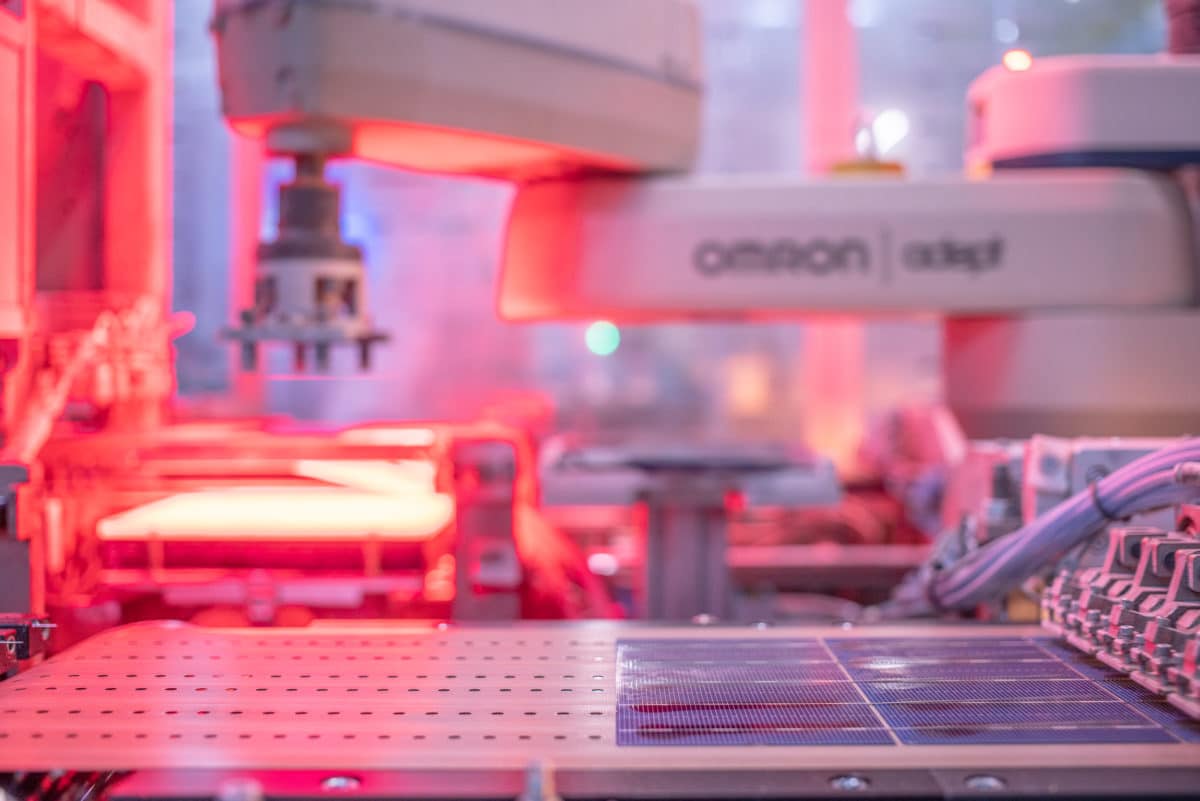
Image: JinkoSolar
pv magazine: N-type cells appear to be the obvious next step for higher-efficiency technologies. How price competitive are n-type cells compared to p-type? What are your expectations for the future?
Roberto Murgioni: The n-type TOPCon cell cost is close to that of PERC now. Within one to two years, it is expected that along with cell efficiency improvements and material optimization, n-type TOPCon cell costs will generally be lower than those of PERC.
Do you expect n-type to take the majority market share from p-type mono PERC? When might that happen? And are there applications in which n-type is particularly appealing?
Due to the limitation of PERC cell efficiency, it is inevitable that n-type will gradually replace p-type and become the market mainstream.
The timing of this transition depends on many factors, including market demand, silver price, cell capacity expansion. At present, the market share of n-type modules is about 5%, and it is expected to reach more than 30% in the next three to five years. The high efficiency, low power degradation, and high bifacial factor of n-type are significant advantages over p-type.
What is your planned future production capacity for n-type products over the medium term?
At the current stage, the Jinko has a capacity of 800 MW for n-type cells. This will be the key production planning direction.
In n-type, two cell architectures are gaining ground: TOPCon and HJT. Which does Jinko see as having the greater efficiency “headroom” and why?
Theoretically, the upper limit of HJT efficiency is 27.5%, for TOPcon is 28.7%. Currently, the cell efficiency is basically equal in actual mass production, but we believe TOPCon has more potential than HJT.
Do you see any future for P-type TOPCon? What are the limiting factors?
P-type TOPCon technology is a phased upgrade of PERC products, and process improvements would be needed for it to have real potential. The manufacturing maturity and equipment are still a risk for mass production.
Are there any unique advantages of using n-type cells for bifacial modules?
N-type cells have a much higher bifacial factor than p-type. It can bring more power gain for bifacial modules. Combined with the tracker system and different ground surface environments, the power generation advantages of n-type bifacial modules can be further improved. Besides this, n-type modules have a lower first-year and linear degradation rate, which can ensure the modules provide steady performance over the years.
Silver consumption for HJT appears to be a major challenge. How confident are you that silver usage can be reduced for either n-type technology?
HJT cell efficiency will be seriously compromised if the consumption of silver is decreased. Jinko’s TOPCon cells use an innovative cell design and optimized metallization paste. It is expected that we will be able to reduce silver consumption in our TOPCon cells to levels comparable with PERC in the future.
With TOPCon, it appears that the number of production steps for passivation is problematic in manufacturing. How can these steps be reduced?
N-type technology is at a rapid development stage. Innovative solutions are constantly proposed in the industry and several directions are possible. We have been cooperating with cell equipment manufacturers to optimize the manufacturing process of TOPCon while continually improving on cell efficiency.
How is Jinko reacting to increasing polysilicon prices? Are there ways that these price increases can be handled on a technology basis?
From a technical perspective, Jinko is working on reducing cell thickness.
Is Jinko already offering n-type products to the market?
Jinko has the 60/66 piece Tiger Series 163N modules in mass production and has completed the Tiger Pro n-type module technology reserve. We will be gradually ramping up our n-type production according to market demand, and we think this new module will soon have everybody’s attention.
This content is protected by copyright and may not be reused. If you want to cooperate with us and would like to reuse some of our content, please contact: editors@pv-magazine.com.

